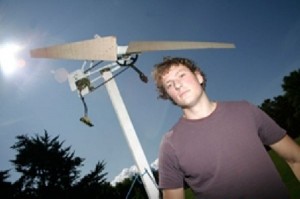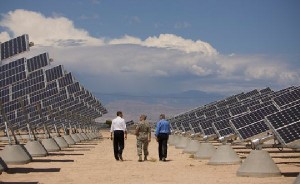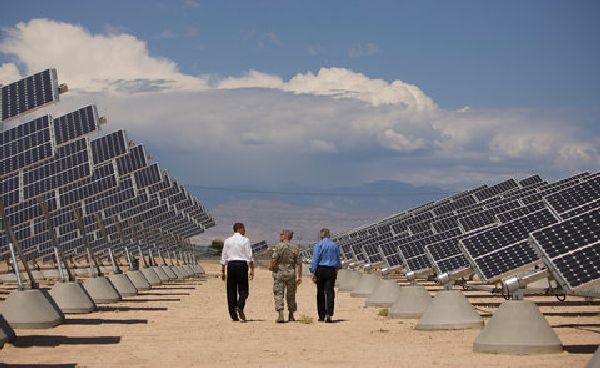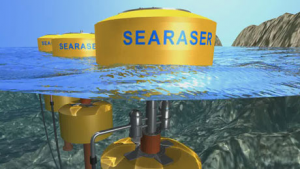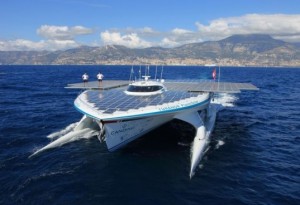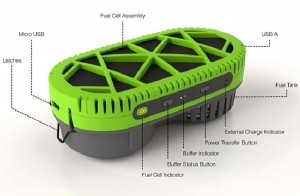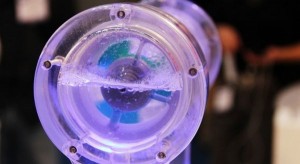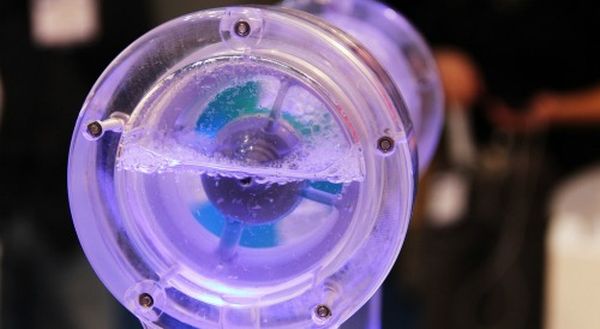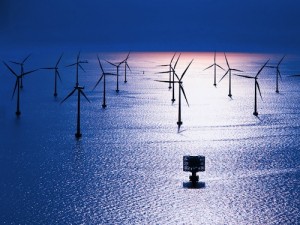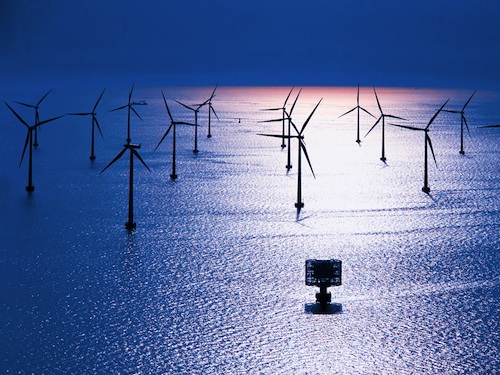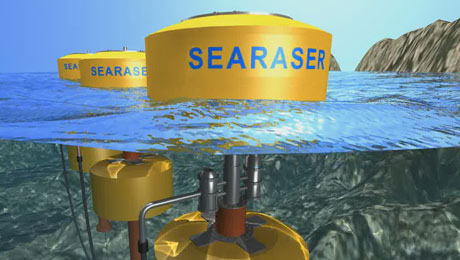
An aquatic “bicycle pump” is set to take to the seas and turn wave power into clean electricity after being acquired by green energy company Ecotricity. The Searaser device, which pumps saltwater to an onshore generator, has been tested in prototype and praised by ministers.
Searaser uses the rise and fall of a large float to pressurise water, but unlike other wave power technologies does not generate the electricity in the hostile environment of the ocean. “If you put any device in the sea, it will get engulfed in storms, so it all has to be totally sealed,” said inventor Alvin Smith. “Water and electricity don’t mix – and sea water is particularly corrosive – so most other devices are very expensive to manufacture and maintain.” The technology means the salt water and electricity-generating equipment never meet, and is done routinely in Japan.
(more…)
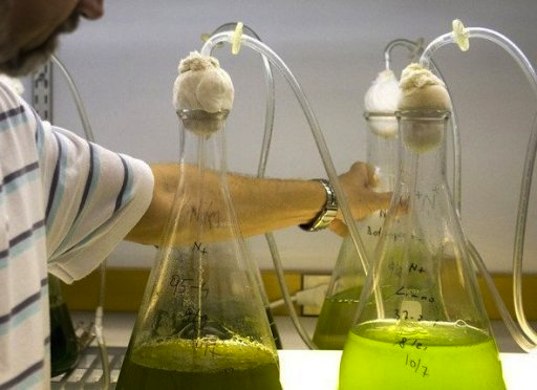
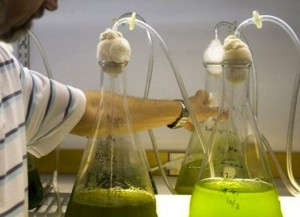
 Follow
Follow



